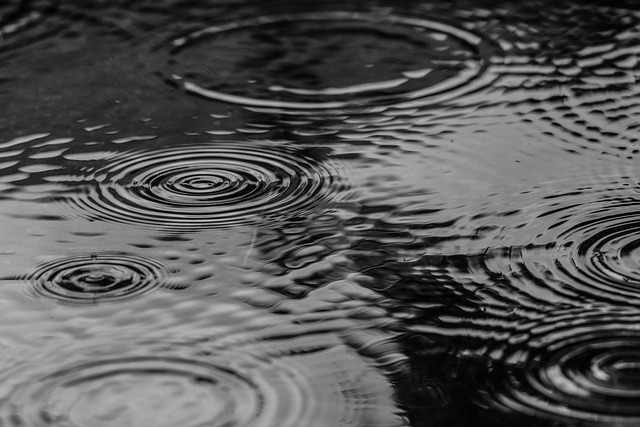Swift action is crucial after a storm in San Antonio, focusing on sewage backup cleanup to prevent health risks and structural damage. Professionals use specialized methods, including moisture testing and advanced drying techniques, to thoroughly treat affected areas. Homeowners can mitigate future damage through proactive measures like reinforcing windows, doors, roofs, and exterior drainage systems, along with regular maintenance and insurance updates. Installing waterproof barriers and smart home technologies further protects against potential hazards associated with sewage backup cleanup.
After a storm, quick water mitigation is crucial for San Antonio homes. This comprehensive guide navigates the essential steps of handling storm damage and water-related challenges, focusing on sewage backup cleanup as a top priority. We delve into the process of restoration, offering practical tips to prevent future damage. Learn effective strategies to minimize storm-related water harm, ensuring your home’s resilience in San Antonio’s unpredictable weather. Discover how prompt action and the right techniques can transform post-storm recovery.
- Understanding Water Mitigation After Storm Damage in San Antonio Homes
- The Process of Sewage Backup Cleanup and Restoration
- Preventive Measures to Minimize Future Storm-Related Water Damage
Understanding Water Mitigation After Storm Damage in San Antonio Homes

In the aftermath of a storm, understanding water mitigation is crucial for any San Antonio homeowner facing damage. Water mitigation refers to the process of identifying and implementing strategies to prevent further loss after a flood or water intrusion. Prompt action is key; the faster you address water damage, especially from potential sewage backups, the better. In San Antonio homes, sewage backup cleanup isn’t just about removing visible water; it involves locating and fixing the source to prevent future health risks and structural damage.
Professionals in sewage backup cleanup in San Antonio homes are equipped with specialized equipment and knowledge to assess and address complex situations. They employ techniques like moisture testing, air movement strategies, and advanced drying methods to ensure every inch of affected areas is treated properly. This meticulous approach not only saves belongings but also protects the health and safety of residents, preventing the growth of mold and bacteria that can thrive in damp environments.
The Process of Sewage Backup Cleanup and Restoration

When a storm causes sewage backup in San Antonio homes, immediate action is crucial to prevent health hazards and further damage. The process begins with assessing the extent of the backup and identifying the source. Professionals equipped with specialized gear then secure the area, ensuring safety for residents and workers alike. They employ advanced techniques to remove contaminated water, using powerful pumps to extract it from affected areas.
Next, thorough cleaning and sanitization take place. This involves scrubbing surfaces, disinfecting floors and walls, and using industrial-strength cleaners to kill bacteria and viruses. Restoring the environment requires meticulous attention to detail, including deodorizing spaces, repairing any structural damage, and replacing items that were damaged by the sewage water. The goal is to return homes to a safe, habitable state after a sewage backup cleanup in San Antonio homes.
Preventive Measures to Minimize Future Storm-Related Water Damage

To minimize future storm-related water damage, including potential sewage backup cleanup in San Antonio homes, proactive measures are essential. Homeowners should start by ensuring their property is adequately protected against extreme weather events. This includes installing sturdy windows and doors, reinforcing roofs, and adding exterior drainage systems to divert rainwater away from the structure. Regular maintenance of these features can significantly reduce the risk of water intrusion during storms.
Additionally, updating home insurance policies to cover flood damage and investing in waterproof barriers for crucial areas like basements and crawl spaces can provide an extra layer of protection. Installing smart home technologies that monitor moisture levels and detect leaks early on can also alert residents to potential issues before they escalate into costly repairs or even health hazards, such as those associated with sewage backup cleanup.
In the aftermath of storms, swift action is crucial for San Antonio residents. Understanding water mitigation strategies, like effective sewage backup cleanup and restoration techniques, can significantly reduce storm-related damage to homes. By implementing preventive measures, such as regular maintenance and robust barriers, future water damage can be minimized, ensuring a safer, drier environment for all. Remember, when faced with sewage backup, prompt professional intervention is key to restoring your home and preventing potential health hazards.
